In the late Spring of 1723 Bach was just starting his career as Cantor at the Thomaskirche in Leipzig, a post which pretty much made him the music director for the whole city, both sacred and secular. His cantata for the second Sunday after Trinity was also his second cantata in his new position - BWV 76, Die Himmel erzählen die Ehre Gottes (The heavens declare the glory of God). He's still showing off here, with lots of bells and whistles we've come to associate with his music - complex fugues, rich harmonies, and the weaving together of the human voice with orchestral instruments to create harmony and movement that would be the envy of the most skilled Swiss watchmaker. Here's the late Craig Smith of Emmanuel Music on this magnificent work:
Bach's first perfect Leipzig masterpiece is cantata BWV 76, for the second Sunday after Trinity. The cantata is in two parts on a large scale, with identical chorale settings ending each section. For the second Sunday after Trinity, the parable of the Great Banquet from the 14th Chapter of Luke is paired with a beautiful passage from the first Epistle of John on brotherly love. The somewhat harsh aggressive quality of the Gospel reading is reflected by the high bright keys of the concerted music of the first part of this cantata. The second part, with its muted minor mode keys and introduction of the dark-hued oboe d’amore and viola da gamba, perfectly reflects the gentleness of the Epistle. This is an interesting case where Bach never attempts to combine the meaning of the two readings, but rather pursues each in a parallel course. The darkness of the chorale harmonization that ends both sections of the cantata functions as a kind of mediation between the two characters.It begins with a large chorus in two sections, an introduction and a fugue. It is not only one of Bach perfect choral fugues, but one of the most dazzlingly energetic Psalm settings in all of the cantatas. The chorus begins with a fanfare figure in the trumpet, echoed by the strings and oboes. Presumably this generates from the opening image of the first chorus, of the heavens resounding, with the glory of God. Echo effects are, of course, a staple of the Baroque style, but they are also an important image in this Psalm. There is a grandeur and breadth to both the opening tutti and the opening choral statement, with its solo bass incipit, that is new to Bach.Most of the recitatives in this cantata are broadly ambitious. The first, an accompagnato for tenor, is in three sections: the first and third accompanied by sustained string chords; the middle section, a description of creation, is accompanied by expressive meandering sixteenth notes in the violins.
The soprano aria is so geared to the child’s perspective that it is difficult for an adult singer to bring off. The purity of the little imitations between the violin solo and the bass and the gamboling run upward to the cadence can sound arch and insincere.It is an important statement, however, and an significant part of the “Great Banquet” parable that is the basis for this cantata. Bach clearly wants us to be amazed in a childlike way that any one would reject the abundance offered to him.
The darkening of the harmony and the introduction of an adult voice in the secco bass recitative brings in the concept of human foolishness and idolatry. The ensuing bass aria with strings and trumpet contains the same canonic relationship between the bass and the melody as we saw in the soprano aria. Here, however, it is turned on its ear. There is a wicked devilish quality to the tight little imitations among the continuo, viola and trumpet. The upward rush of the violins adds a jittery, hysterical effect. There is an ungrounded unstable sense to this music that perfectly reflects its text.
After the uneasy energy of the bass aria the secco alto recitative leads us inward to the heavenly melancholy of Luther’s great chorale”Es wohl uns Gott genädig sein.” This is one of Bach’s most elaborate chorale harmonizations. Each phrase is introduced by a statement in the trumpet, accompanied by high string and oboe parts in a dense bed of suspensions and chromaticism. Each choral phrase is introduced by the orchestra playing the first few notes of the theme. The very continuousness of the texture and the density of harmony give the work an oppressive and dark cast.The second part opens with a sinfonia for oboe d’amore, viola da gamba and continuo. It is an arrangement of the first movement of the E Minor Organ Trio Sonata BWV 528. Not only does this music perfectly establish the dark seriousness of the text that follows, but the colors of the two main instruments also work marvelously together. It is curious that Bach never again resorted to this combination of instruments. The accompanied bass recitative introduces immediately the themes of this section of the cantata. We must love our brothers, even when they hate us.The ferocity of the following tenor aria with continuo is startling after the warmth of this recitative and the sinfonia. On top of spiky, jagged continuo lines, the tenor sings brutal long notes on the word ”hasse.” The heart-stopping rests at the end of the 2nd and 4th bars and the mounting energy of the stinging sixteenth note pattern at the end of bars 5-7create an atmosphere of paranoia and fear. The wonderful softening of the vocal line at bar 40 comes like a balm. This is remarkably high profile music.
As at the end of the first section of the cantata, the alto leads us inward in the secco recitative. Its gentle walking bass accompanying the expressive repetition of the text “he feeds me with manna from heaven” is the perfect introduction to the sublime 9/8 aria with oboe d’amore and viola da gamba obbligati. The beautiful rolling theme is given just enough edge by the slightly unsettling syncopes of the viola da gamba. As with the opening chorus, Bach by this time has the wherewithal to write a very extended introduction without ever seeming long-winded. The exhortation to show your love by your works is compellingly portrayed by the gorgeous richness of the little answers to the phrase by the two obbligati. We have here one of Bach’s very greatest arias; a work that seems to go deeper and deeper into the soul of the words. After a secco tenor recitative, the return of the same harmonization of “Es wohl uns Gott”seems perfectly in character to the seriousness of this great aria. With cantata BWV 76 we have one of the great visionary Bach works. The very strangeness of the pairing of the Gospel and the Epistle has made a structure distinctive, yet compellingly right.
© Craig Smith, edited by Pamela Dellal
Today's performance is from a recording by the Amsterdam Baroque Orchestra and Choir under the direction of Ton Koopman. Enjoy!
Photo © 2017 by A. Roy Hilbinger














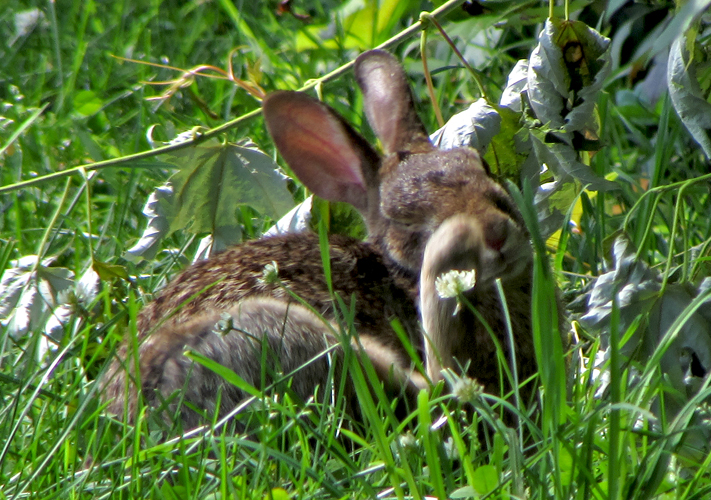

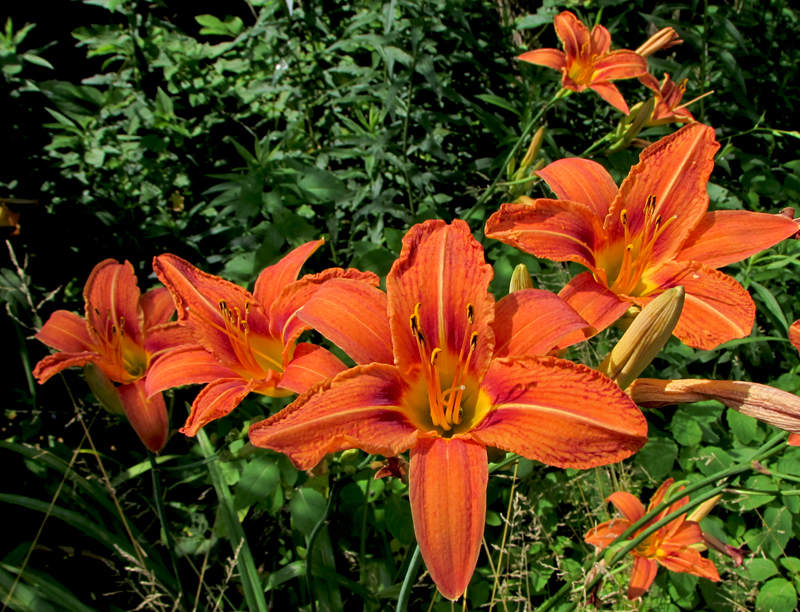
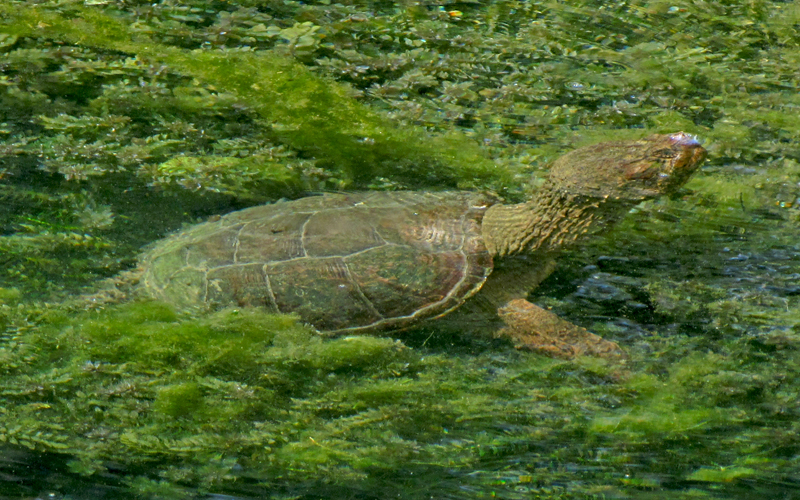
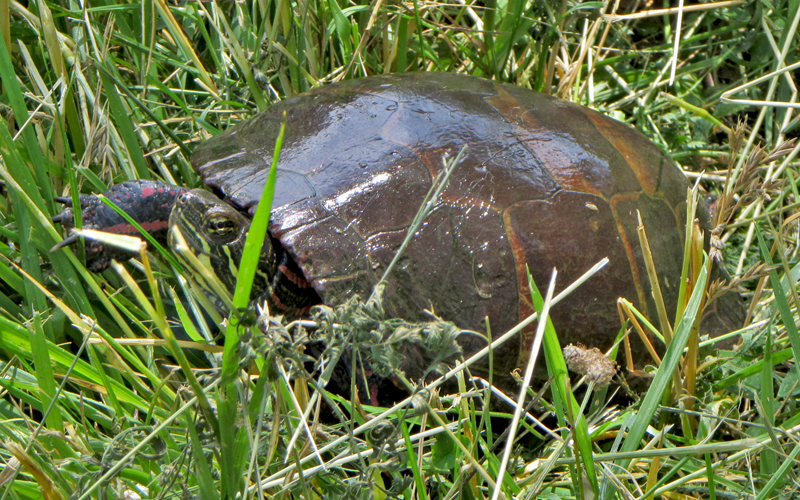
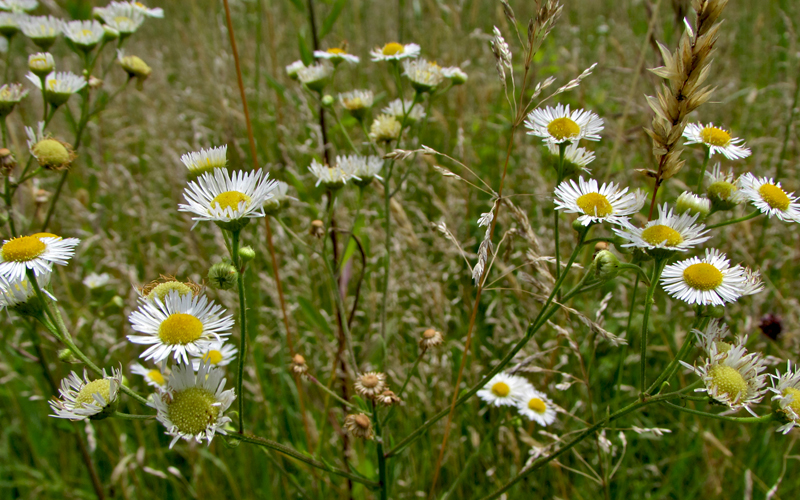
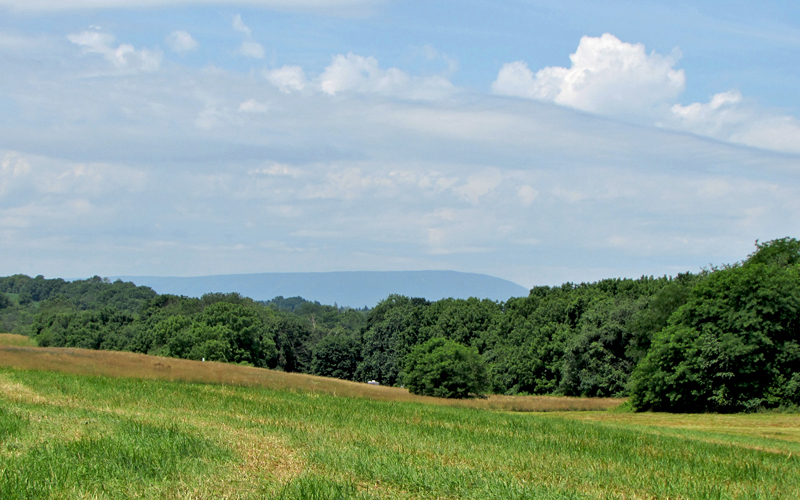
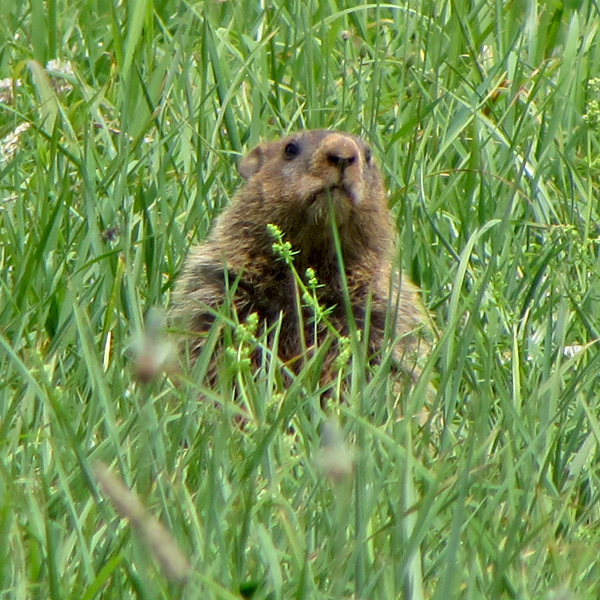




































.jpg)

























